12 Easy Ways to Winterize Your Southern Home
Share this content!
For most people, your home is your biggest asset. And even in southern climates, it’s important to follow some steps to protect your home from colder weather. It’s not only about comfort during the chilly months—it’s also about protecting your home to prevent potential damage.
In the south, it’s easy to ignore the threat of potential cold weather. However, simple winterization steps can help to protect your home and its crucial equipment and provide more comfort for southern homeowners.
Homeowners in warmer climates should take care of their homes and prepare before the cold weather hits, and these simple winterization tips are a great place to start.
1. Clear the Outdoor Areas
A big mistake southern homeowners make when preparing for colder weather is storing outdoor patio furniture near the air conditioning unit. This can prevent ventilation and damage your unit even when it’s not operating. It’s also a good idea to trim and clear vegetation that may be growing around the unit or the surrounding shrubbery. It is advised to clear at least a two-foot area around outdoor equipment. Patio furniture should be stored in a shed or garage for the cold season to protect it from storm damage and rust.
2. Trim Nearby Trees and Remove Dead Branches
Cut back limbs that hang over your equipment and remove dead limbs from nearby trees to prevent the possibility of the weight of ice on limbs or a strong winter wind. Winter storms have the power to knock branches down, damaging your outdoor unit.
3. Clean your Exterior Unit to Prepare for Winter
When winterizing your home, take the time to remove all debris from your air conditioner’s exterior components. Be sure to turn off power before performing this critical maintenance. Brush away debris from the fins and grill, and carefully remove any branches or twigs stuck between them. Use a hose to gently wash away dirt and debris.
4. Cover and Protect Your Outdoor Unit
It’s not absolutely necessary, but many believe that covering your outdoor air conditioning unit is a good idea during the winter months. This helps to keep debris away and deter rodents from nesting there. Some units recommend a cover during the winter, so check with the manufacturer to see if this is needed. Some homeowners place a piece of plywood or bricks around their unit to protect from debris and rodents. Monitor the unit for excess moisture throughout the winter to prevent mold.
5. Maintain Your Gutters When Winterizing
It’s important to maintain your gutters all year, but it’s especially critical during the winter months. When gutters are clogged or improperly routed or pitched, water from rain and snow melt can drip down onto your exterior air conditioner. This water freezes within your unit, causing damage to components.
6. Get Your Heating System Ready for Winter
Before the cold sets in, limit the risk of discomfort by following a few simple steps to help your heating system perform properly during the winter season. Schedule a preventive heating maintenance tune up, and have your heating system professionally serviced to ensure superior performance. This helps to identify performance or repair issues for correction and provide the system’s needed care.
7. Change Your Furnace’s Air Filters
A furnace’s filter should be changed on a regular basis. Consult the manufacturer for advice on the frequency. Before winter, visually examine your filter – if it’s gray and caked with debris, change it immediately. Throughout the winter months, do a monthly inspection to determine if a new filter is.
8. Clear the Area Around Your Furnace or Heating Unit
It’s a fire hazard to store items within six feet of your furnace, especially it it’s stored in an open area like a garage or basement. Keep all combustible materials in another location.
9. Schedule Repairs Before the Cold Sets In
Don’t delay repairs that were not corrected last heating season. Problems can place the system components under stress and force it to draw excess energy, affecting performance as well as your energy bills.
10. Use Appropriate Thermostat Settings for the Winter Season
The correct thermostat settings will maximize energy efficiency and help your HVAC system work at its best all winter long. When you are home and awake, choose temperature settings as low as you can comfortably tolerate. For periods where everyone is asleep or out of the home, set back your thermostat 10 to 15 degrees. Doing this for eight or more hours can lead to a savings of up 10 percent annually. Consider using a programmable or smart thermostat to make this adjustment easy.
11. Identify and Seal Air Leaks Throughout Your Home
Seal cracks and gaps which let indoor air out and outdoor air in. This prevents heat loss and keep more of your heating energy inside the home. Add weather stripping around door frames to prevent cool air drafts and to prevent your heating system from working too hard. Use plastic sheeting or film to cover window interiors to prevent cold air infiltration. Another good idea is to use heavy, insulating drapes or curtains to prevent cold air infiltration whenever you do not have sunlight exposure. In south-facing rooms, open curtains during the daytime to take advantage of natural solar energy.
12. Keep Fireplace Dampers Closed Unless You Are Burning a Fire in the Fireplace
An open damper allows warm air from your living areas to escape through the chimney.
Prevent heat loss when using the fireplace by opening dampers in the firebox’s bottom. If not provided, open the nearest window approximately one inch and shut all doors to the fireplace room. This helps you stay warm even with lower thermostat temperatures.
Why Winterizing Your Southern Home is Important
Especially in the south, winterizing your home is often overlooked. After all, we have more warm months than cold ones. However, if you have a plan and prepare for the cold, you can save yourself time and money. Schedule maintenance for the fall because waiting until your furnace or heat pump is broken leaves you vulnerable to the cold weather outside. Plus, it will cost more to get your unit up and running quickly.
Preventing malfunctions and breakdowns keeps your heating and air system healthy and lengthens its lifespan. In addition, regular maintenance promotes healthy indoor air. When you fire up your heating system for the first time, anything accumulated inside will be transferred to the indoor air you breathe. Mold spores spread throughout your home via the air ducts when a heating and air unit isn’t routinely inspected and cleaned.
Don’t forget about comfort when learning how to winterize your southern home. These tips help your home stay warmer throughout the season and make your HVAC system more energy efficient. Properly winterizing your home will protect your biggest asset and provide enormous peace of mind.
Shop for Electric, Natural, and Propane Gas Heaters for Your Home
Whether it’s a portable heater to warm your space through the winter of a wall-mounted gas heater to handle an entire floor of your home, Fountain Building Supply has everything you need to keep your home well-heated. Explore our selection of natural and propane heaters and shut-off valves.
Shop Local for all your Home Building Supplies
Rely on Fountain Building Supply for all your home’s building supplies.
Follow Us on Facebook and Instagram Win Prizes!
"Get In, Get Help, Get It Done With Fountain!"
Contact Us
Share this story!

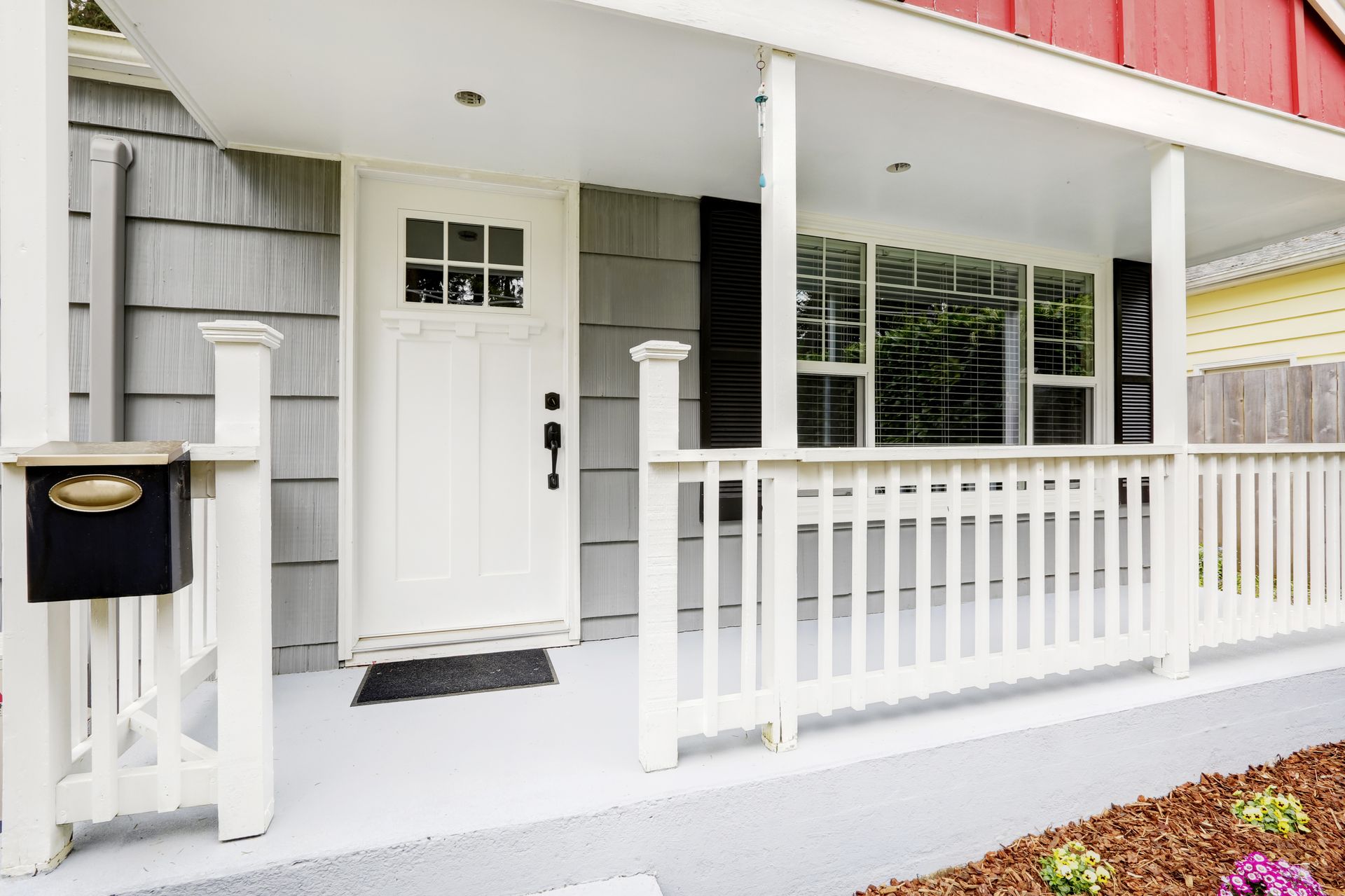
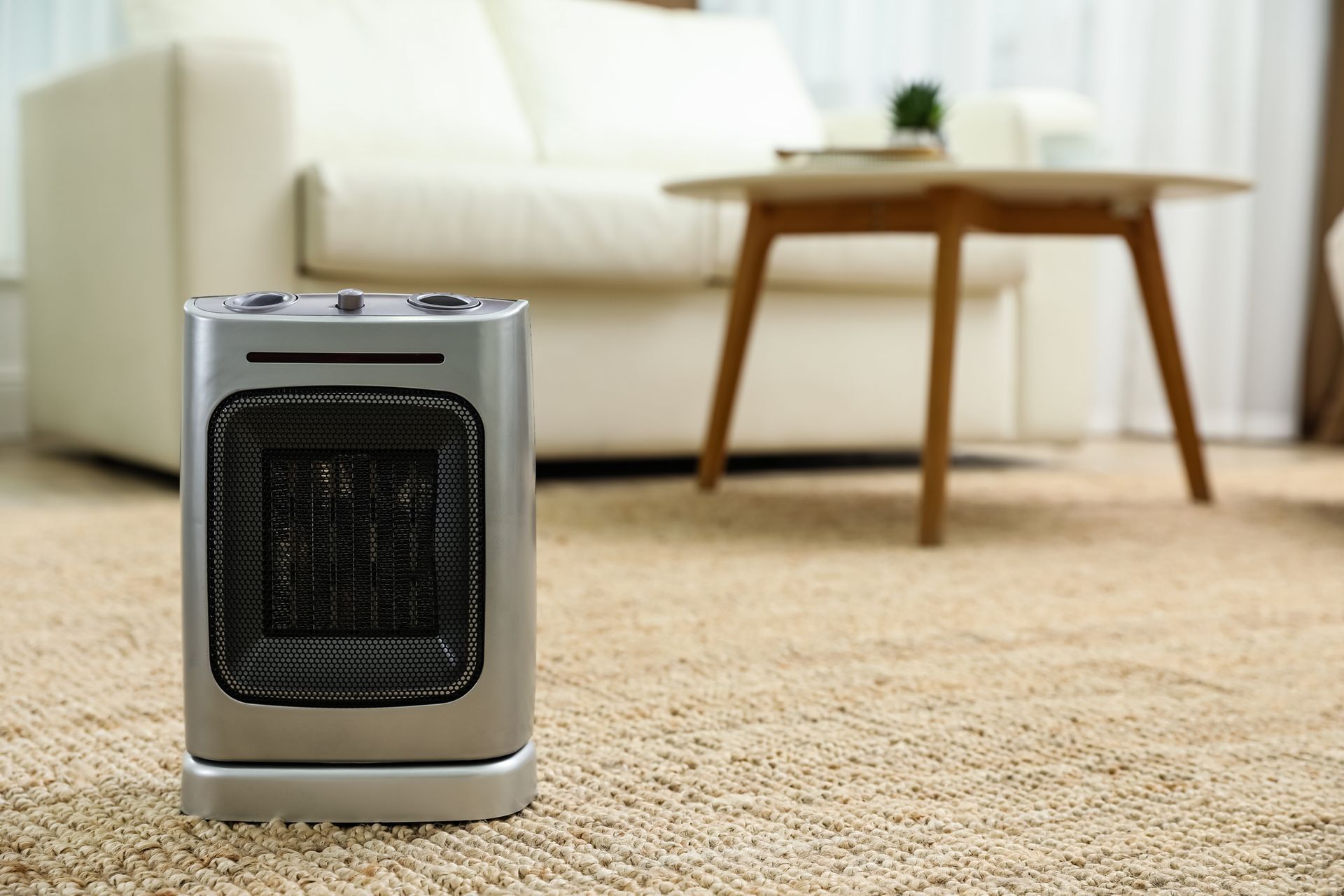

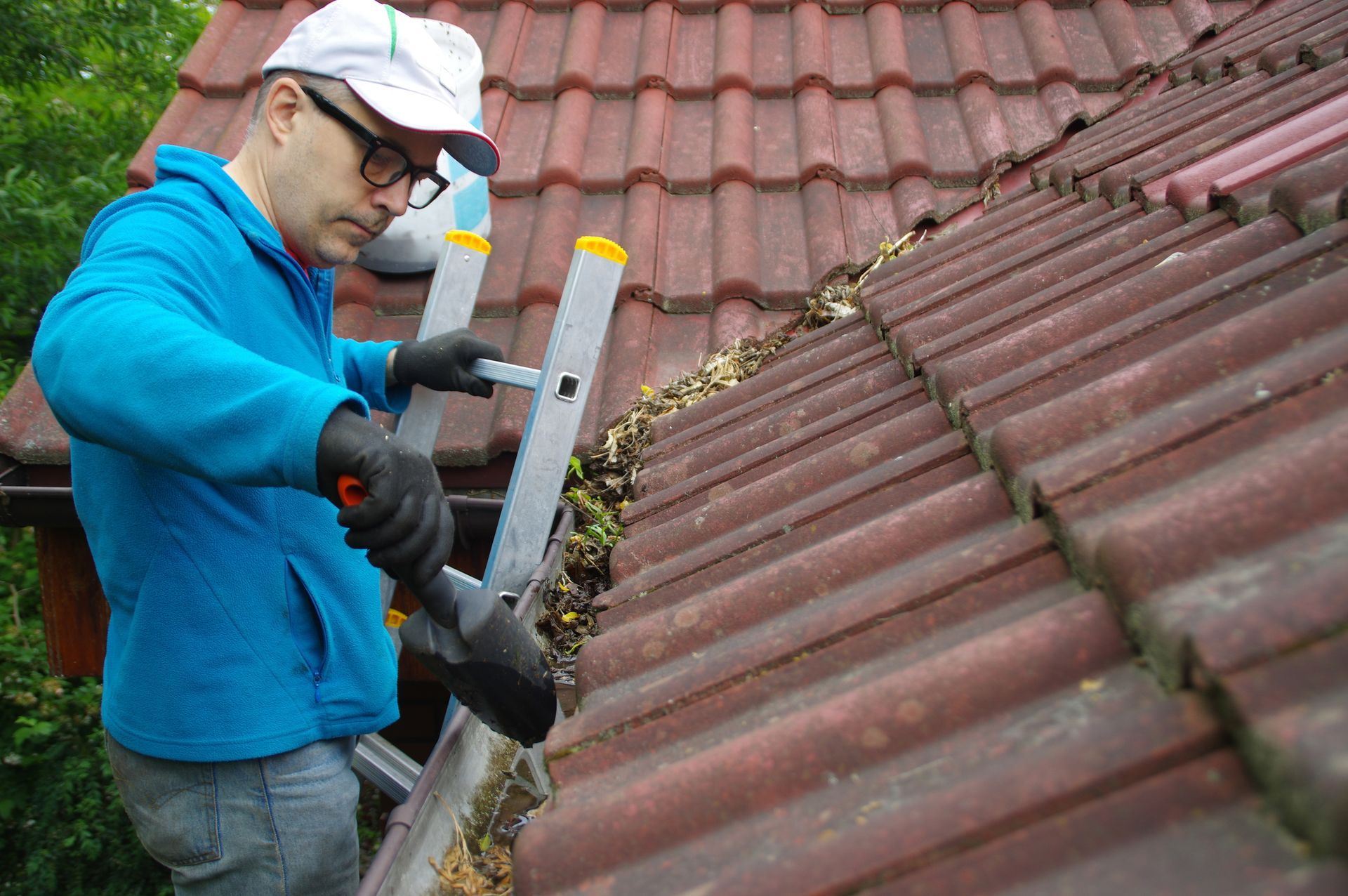
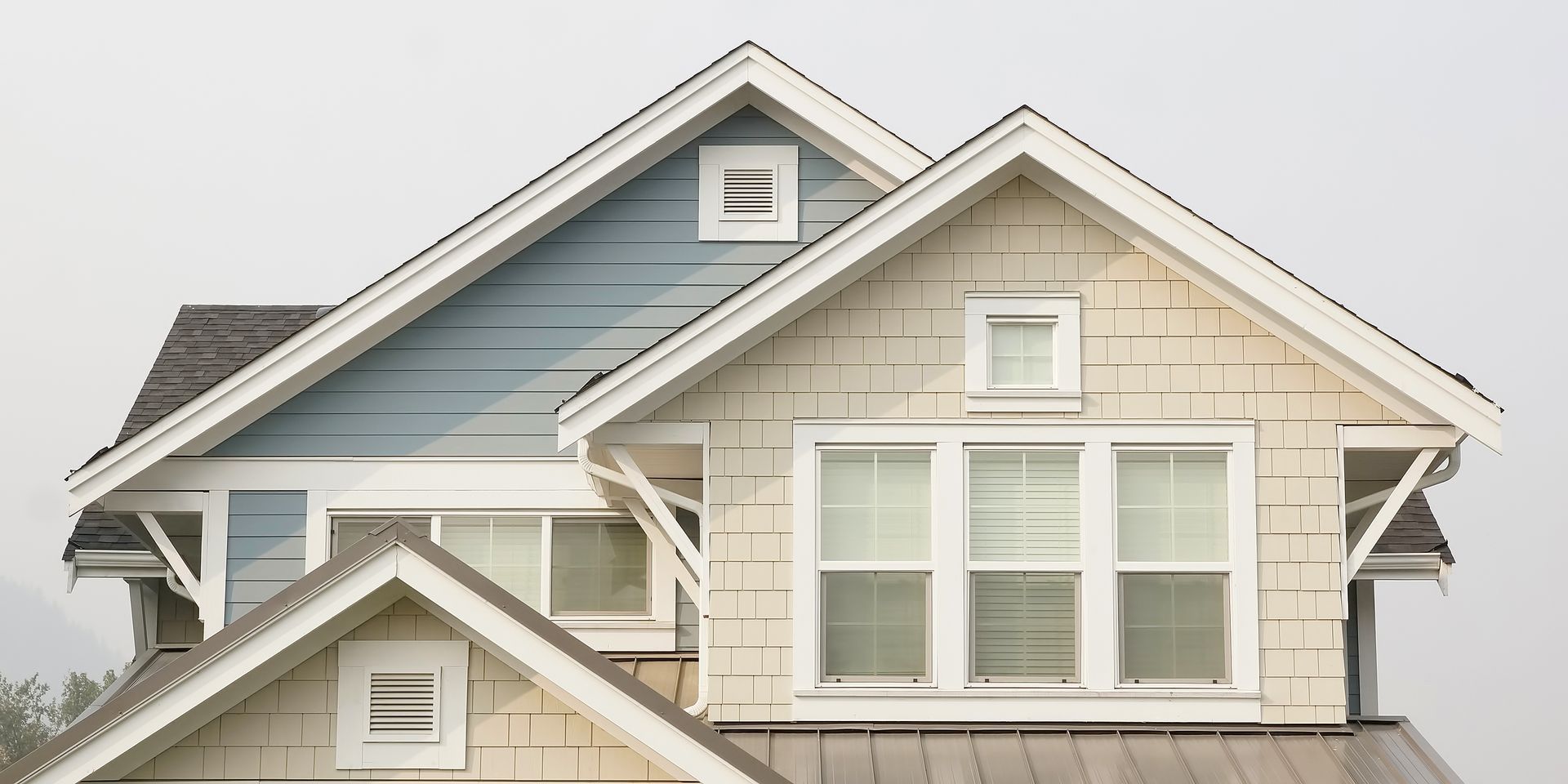


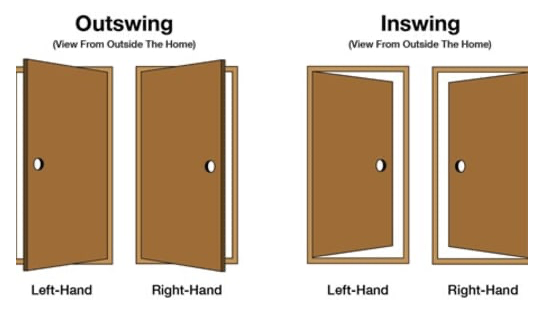

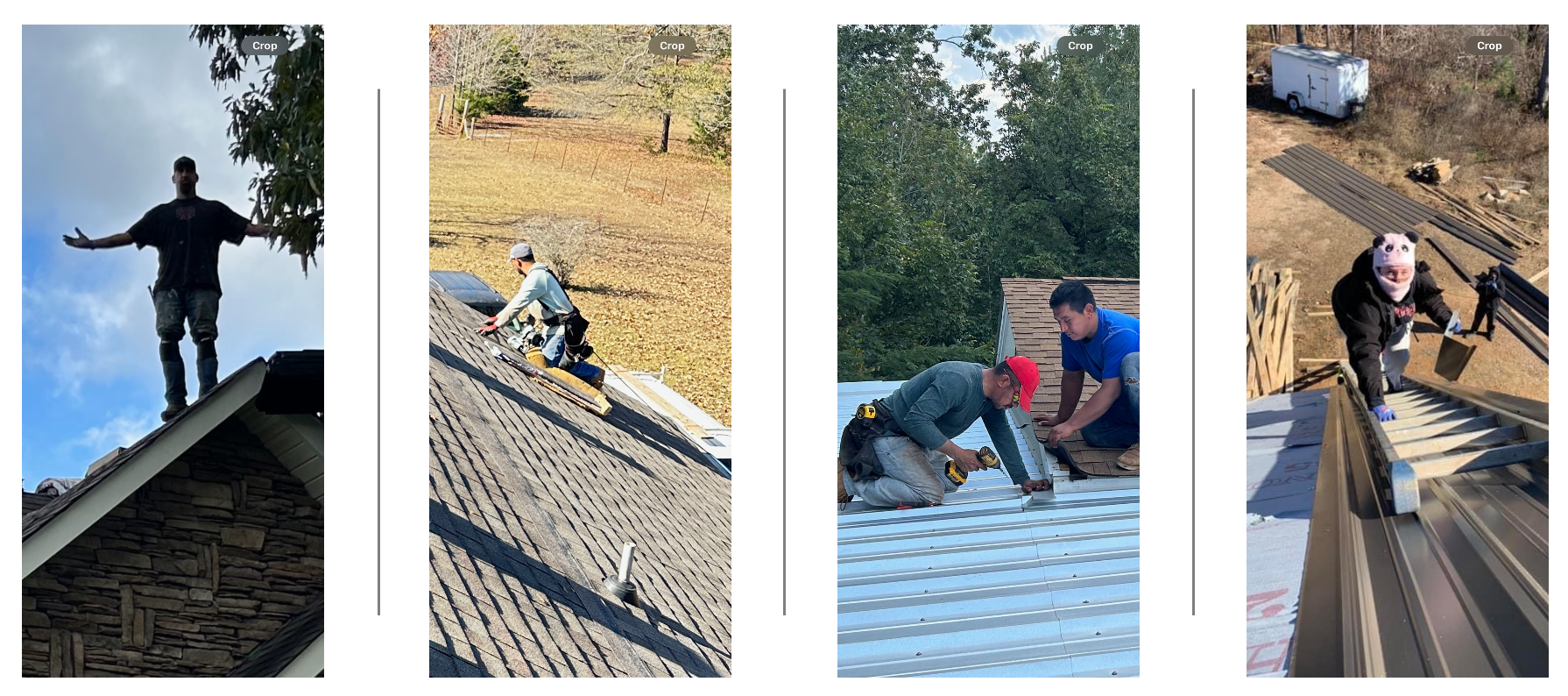
Share On: